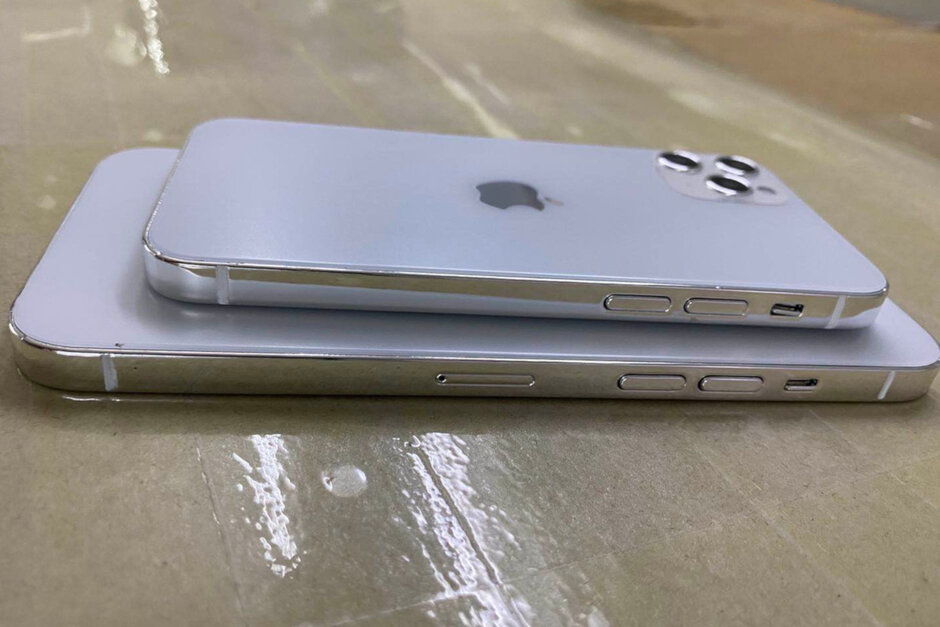iPhone 12 dummy models give a near-final look at Apple’s first 5G phones
When you think of Apple iPhone dummies, you think of Sonny Dickson. The Australian burst onto the scene as a teen back in 2013 sharing images of iPhone 5s and iPhone 5c mock-up units and has passed along reliable information since. Today, Dickson tweeted the first dummy models of the three iPhone 12 screen sizes (5.4-inches, 6.1-inches, and 6.7-inches). Of course, we still expect Apple to launch four 5G phones in September including the iPhone 12, iPhone 12 Plus, iPhone 12 Pro, and iPhone 12 Pro Max. We get four phones out of three screen sizes because the iPhone 12 Plus and iPhone 12 Pro will both have 6.1-inch displays. The difference between the two will probably be the camera setups and perhaps a larger battery, more memory, and a better battery life on the iPhone 12 Pro.
Dickson’s iPhone 12 dummies “confirm” the throwback design for the iPhone 12 series
The dummies show off the flat sides that the new iPhones will reportedly sport giving the 2020 models a throwback look that resembles the iPhone 4. With the edge-to-edge screen and the notch, the iPhone 12 line will have a higher screen-to-body ratio than the iPhone 4 giving the upcoming handsets a sleeker and more modern look. We should point out that Dickson himself isn’t 100% sure about the rear cameras and the size and look of the notch, but is confident about the chassis of the dummy models
Apple iPhone 12 series dummy models tweeted by Sonny Dickson
WWDC 2020 is about to kick off in less than 24 hours and while Apple is expected to make big waves this week, the iPhones that some might be waiting for are still months away. Of course, if Apple is to meet its self-imposed deadlines, the design of its first batch of 5G iPhones should now be set in stone. Or in this case, metal and plastic models that will give accessory makers as well as the public a preview of what to expect come September’s event.
We’ve already seen the molds that would be used to print out dummy models and now we’re seeing those dummies courtesy of Sonny Dickson. The leaker warns that the notches (not seen here) and cameras might not be their final design which is probably not relevant for these dummies anyway. The molds, after all, are used to inform case makers about the external design of the phone.
To that extent, the chassis that we’re seeing now may be close to final, including the size and shape of the camera bumps which are thankfully still not obscenely thick. The dummies also give the three sizes of the four phones (two 6.1-inch models in the middle) to get a better idea of how they will compare with each other, at least by their appearance.
The locations of the buttons and holes at the very flat edges should also be final, given those are critical parts of a case’s design. The show the volume rocker buttons on the same left (facing the screen) edge as the ringer switch and SIM card tray on the larger iPhone 12 while the opposite edge gets the lone power button. Curiously, there is also another indentation on that side on the 6.7-inch iPhone, perhaps for the mmWave 5G antenna that’s unique to it.
That leaves just the question of the cameras, which some point out are depicted wrong in dummies. Only the largest of the four iPhones is expected to have three cameras, though it isn’t yet certain whether it will indeed be a LIDAR sensor similar to this year’s iPad Pro.






